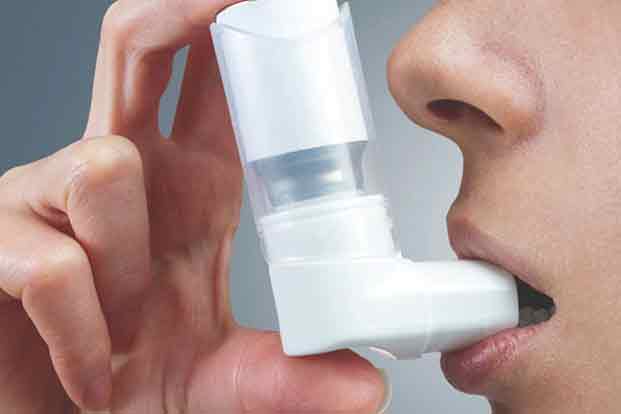Asthma – How it is Diagnosed
Apr 19, 2022
In children asthma is diagnosed mainly from the history. The child may complain of difficulty in breathing and cough. These symptoms may get worse after running or playing, early in the morning, at night, during change of season and when exposed to dust or other allergens. Other symptoms like frequent episodes of sneezing and runny nose (allergic rhinitis) and dry itchy skin (eczema) may also be present. A family history of asthma may be another pointer to the diagnosis.

Tests for Diagnosing Asthma:
A delay in diagnosis often leads to these children getting treated with repeated courses of antibiotics and sometimes even with antitubercular drugs.
- Check for the wheezing : When the child’s chest is examined by the doctor with a stethoscope a typical wheeze may be heard. However, the symptoms of asthma are episodic and clinical examination may be completely normal when the child is well.
- Blood tests – The doctor may like to do a few tests before arriving at the diagnosis of asthma. Blood test may show a raised eosinophil count.
- Chest X ray – This is done mainly to rule out alternative diagnoses like tuberculosis and pneumonia .
- Spirometry – In adults and older children, the diagnosis is confirmed by a special test called spirometry ( lung function test). This requires the patient to breathe into a special machine. The test cannot be reliably done in children who cannot follow instructions accurately. Hence, the doctor has to rely mainly on history and clinical examination.
Once the diagnosis is confirmed the child is started on treatment. The mainstay of treatment is inhalers. Compliance to treatment and technique of taking inhalers has to be reviewed during follow up consultations. Parents need to be counseled about the treatment and its benefits. Overall the quality of life is better with treatment as the child can play and sleep well at night. Infact the response to treatment is one of the important indicators that child has asthma.








